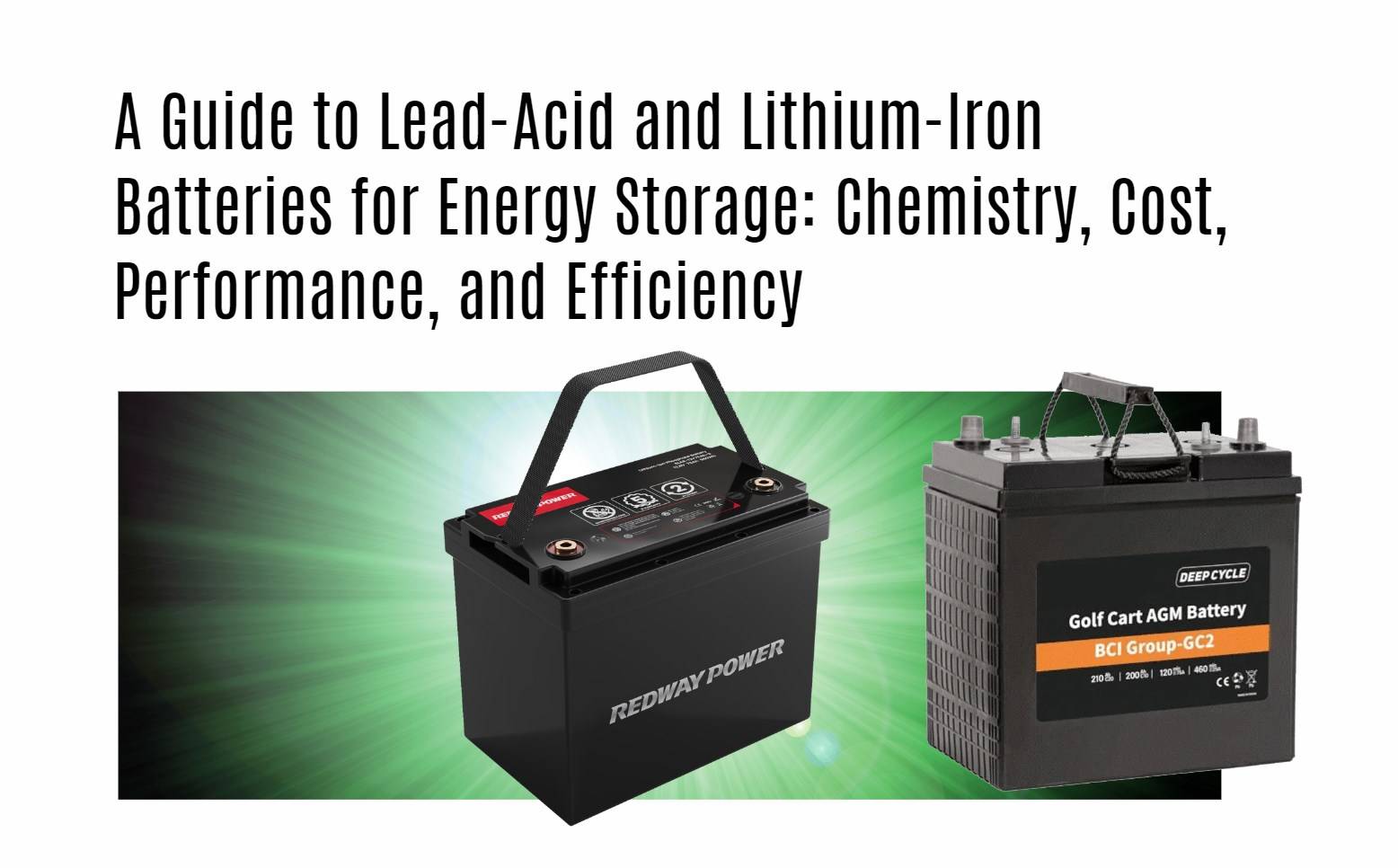Are you looking for the ideal battery for your electric vehicle? Look no further than the 12V 100AH batteries. In this article, we will explore the basics of lead-acid batteries and lithium-iron batteries, compare their advantages, and help you understand when to use each. We will delve into important factors such as depth of discharge, efficiency, rate of charge, capacity, cost, lifespan, safety, and environmental impact. By the end, you will have a clear understanding of why Redway Power’s OEM Lithium LifePO4 Battery is the perfect choice for your electric vehicle needs.
BASICS OF LEAD-ACID BATTERIES
Lead-acid batteries have been a popular choice for various applications, including electric vehicles. These batteries consist of lead plates immersed in an electrolyte solution. During discharge, a chemical reaction occurs, converting the active material on the plates into lead sulfate and releasing energy. The charging cycle reverses this reaction, converting the lead sulfate back into lead plates and storing energy.

Main Points:
– Lead-acid batteries have a lower energy density compared to lithium-iron batteries.
– They are cost-effective and widely available.
– Lead-acid batteries are suitable for applications that require a lower upfront cost and can tolerate a heavier battery.
BASICS OF LITHIUM-IRON BATTERIES
Lithium-iron batteries, also known as lithium-iron phosphate (LiFePO4) batteries, have gained popularity in recent years due to their superior performance and efficiency. These batteries utilize lithium-ion technology, where lithium ions move between the positive and negative electrodes during charge and discharge cycles.
Main Points:
– Lithium-iron batteries have a higher energy density compared to lead-acid batteries.
– They offer better efficiency and a longer lifespan.
– Lithium-iron batteries are lightweight and compact, making them ideal for electric vehicles.
Due to its light weight and exceptional electrochemical properties, lithium has the ability to produce high voltages in relatively small spaces despite being one of the lightest elements on the periodic table. In contrast to lead-acid batteries, lithium-iron cells are capable of being charged and discharged to much higher degrees.
A COMPARISON BETWEEN LEAD-ACID AND LITHIUM IRON PHOSPHATE BATTERIES
For years, lead-acid batteries have dominated the market due to their low costs and established manufacturing base, but lithium-iron batteries have gained enormous popularity in recent years. As a matter of fact, the two most common types of batteries used in commercial and residential settings are now lead-acid and lithium-iron.
There are distinct differences between lead-acid and lithium batteries in terms of chemistry, cost, and performance. See how these two technologies compare.
DOD (DEPTH OF DISCHARGE)
Depth of Discharge (DoD) refers to the amount of a battery’s capacity that has been used. A higher DoD means more energy has been extracted from the battery. Lithium-iron batteries have a higher usable DoD compared to lead-acid batteries, allowing for a longer driving range and better utilization of the battery’s capacity.
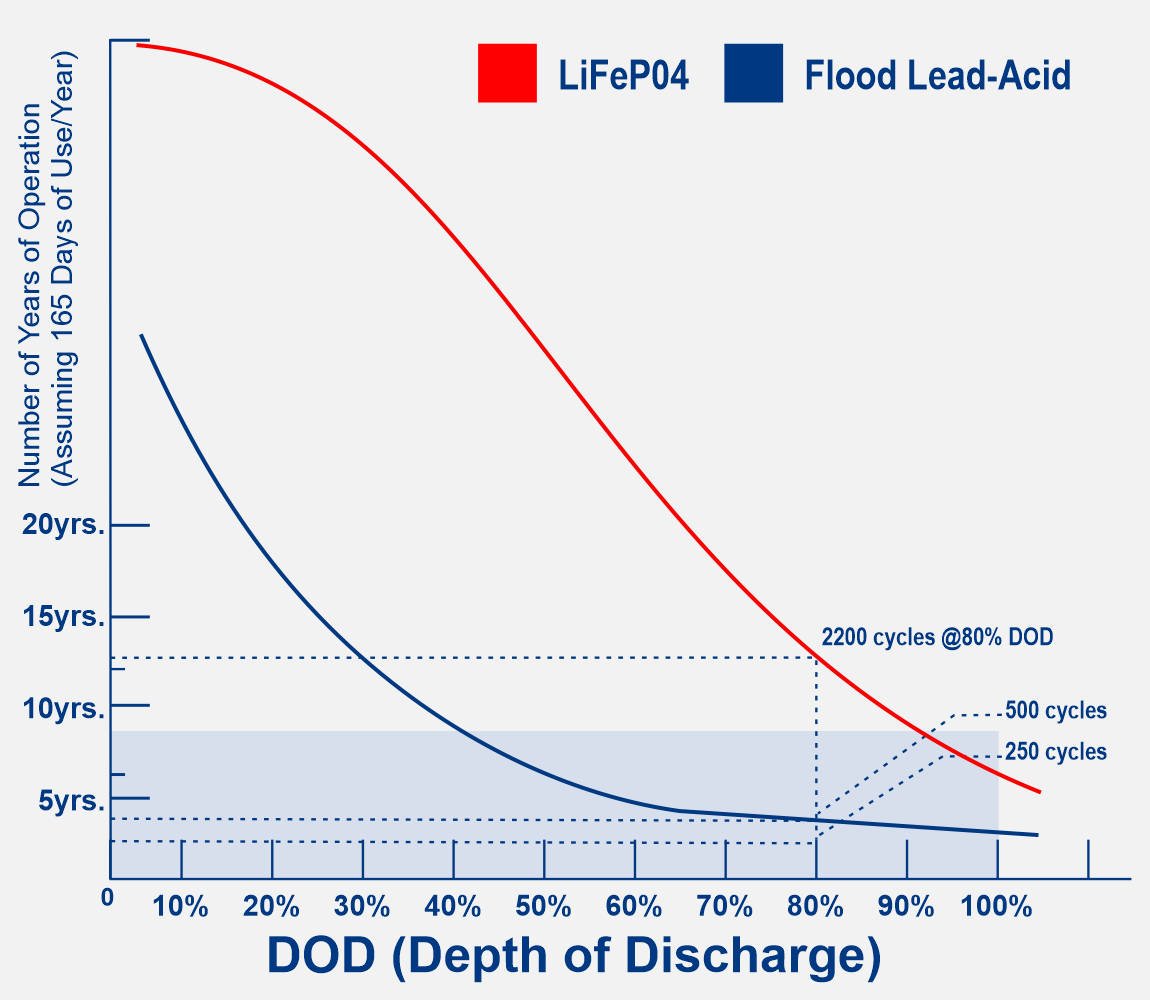
If you continue to use a lead-acid battery beyond 50 percent, it will adversely affect its lifespan and effectiveness. Lead-acid batteries can be discharged safely up to 50 percent. Lithium-iron batteries typically have a higher depth of discharge value. They can be discharged 80 to 85 percent of their energy capacity before they need to be recharged.
It is ideal to use lithium iron phosphate batteries (LiFePO4) for solar power applications. They do not require the routine maintenance FLA batteries require, and they don’t require a well-ventilated environment like FLA batteries.
EFFICIENCY
Efficiency is an important factor when considering battery performance. It refers to the amount of energy that can be extracted from the battery compared to the amount of energy required to charge it. Lithium-iron batteries have higher efficiency levels compared to lead-acid batteries, meaning more energy is available for use.
Main Points:
– Lithium-iron batteries have higher efficiency levels, typically around 95%, compared to lead-acid batteries with efficiency levels around 80%.
– Higher efficiency in lithium-iron batteries results in better overall performance and energy utilization.
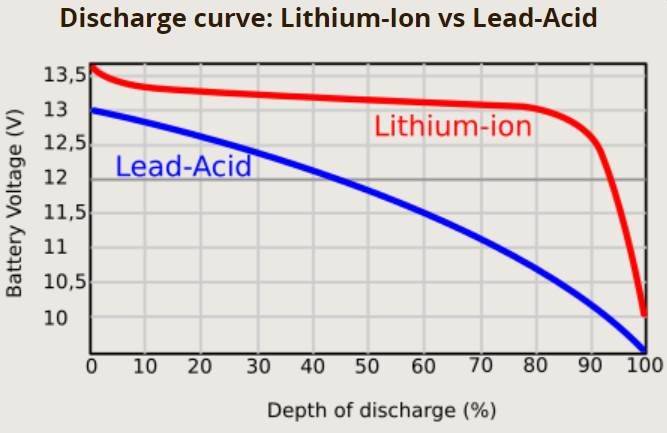
As a result of more efficient batteries, you will also be able to use fewer solar panels, a smaller backup generator, and lower capacity batteries.
RATE OF CHARGE
The rate of charge determines how quickly a battery can be charged. Lithium-iron batteries have a higher charging rate compared to lead-acid batteries, allowing for faster charging times and less downtime for your electric vehicle.
Main Points:
– Lithium-iron batteries have a higher charging rate, allowing for faster charging times.
– Lead-acid batteries have a slower charging rate, requiring more time to fully charge.
CAPACITY OR ENERGY DENSITY
Capacity or energy density refers to the amount of energy a battery can store. Lithium-iron batteries have a higher energy density compared to lead-acid batteries, meaning they can store more energy in a smaller and lighter package.
Main Points:
– Lithium-iron batteries have a higher energy density, allowing for more energy storage in a smaller and lighter form factor.
– Lead-acid batteries have a lower energy density, resulting in a larger and heavier battery for the same amount of energy storage.
COST
Cost is an important consideration when choosing a battery for your electric vehicle. While lead-acid batteries have a lower upfront cost compared to lithium-iron batteries, it’s essential to consider the long-term economic efficiency. Lithium-iron batteries may have a higher initial investment but offer better long-term value due to their longer lifespan and higher efficiency.
Main Points:
– Lead-acid batteries have a lower upfront cost compared to lithium-iron batteries.
– Lithium-iron batteries offer better long-term economic efficiency due to their longer lifespan and higher efficiency.
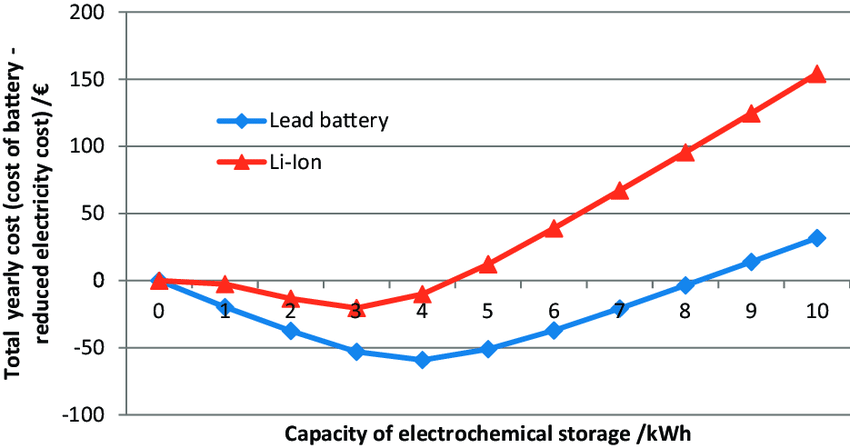
LIFESPAN
The lifespan of a battery determines its overall value and cost-effectiveness. Lithium-iron batteries have a longer lifespan compared to lead-acid batteries, meaning fewer replacements and maintenance costs over time.
Main Points:
– Lithium-iron batteries have a longer lifespan compared to lead-acid batteries.
– Lead-acid batteries require more frequent replacements and maintenance, resulting in higher long-term costs.
SAFETY OF USE
Safety is a crucial aspect when it comes to battery technology. Lithium-iron batteries have built-in safety features and are less prone to issues such as sulfation and acid leakage, making them a safer choice for electric vehicles.
Main Points:
– Lithium-iron batteries have built-in safety features, reducing the risk of issues such as sulfation and acid leakage.
– Lead-acid batteries require proper maintenance to ensure safety and prevent potential hazards.
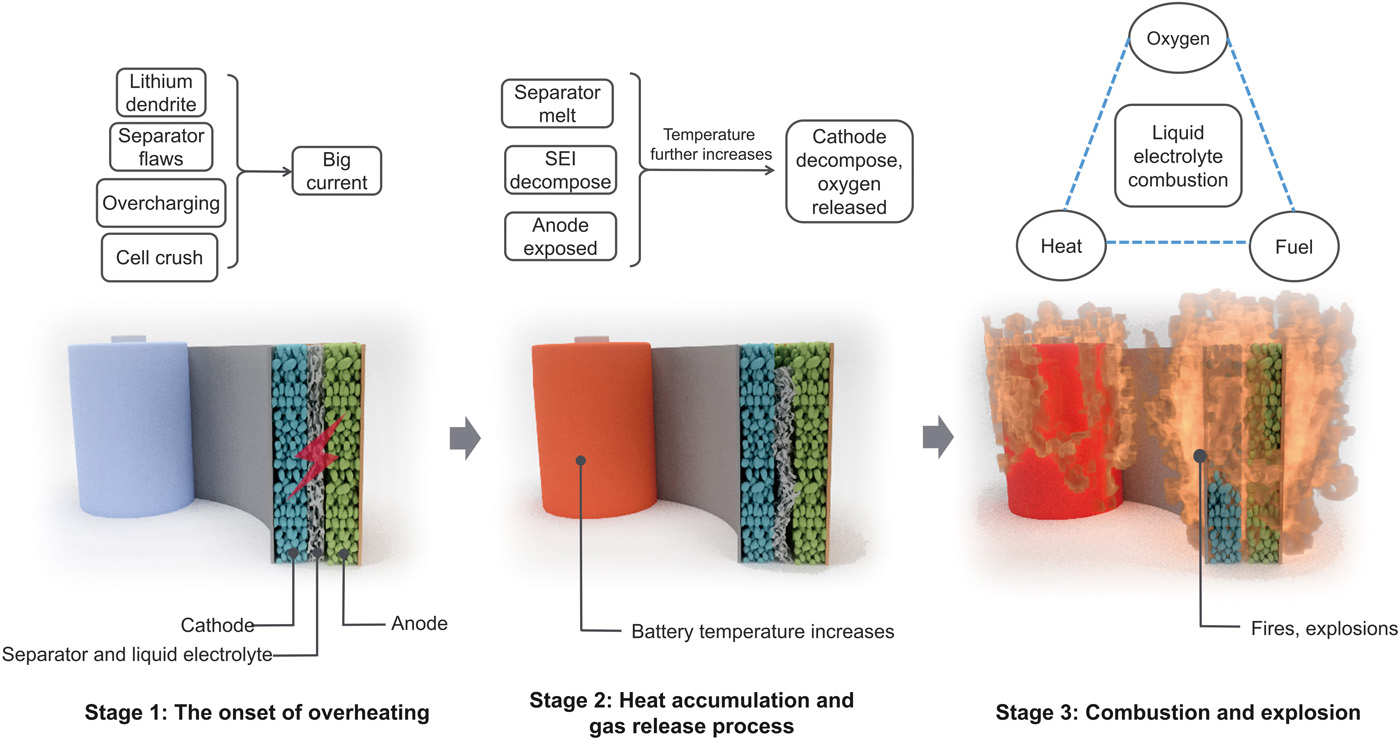
ENVIRONMENTAL IMPACT
Considering the environmental impact of battery technology is essential. Lithium-iron batteries are more environmentally friendly compared to lead-acid batteries. They have a lower carbon footprint, are more easily recyclable, and do not contain harmful substances such as lead and acid.
Main Points:
– Lithium-iron batteries have a lower environmental impact compared to lead-acid batteries.
– They are more easily recyclable and do not contain harmful substances.
LEAD-ACID VS LITHIUM-IRON BATTERIES: WHEN TO USE EACH?
Lead-acid batteries are still a suitable choice for specific applications where cost is a significant factor, and weight and size are not critical. They are commonly used in applications such as backup power systems and industrial equipment. However, for electric vehicles, where efficiency, range, and weight are crucial, lithium-iron batteries are the superior choice.
Main Points:
– Lead-acid batteries are suitable for applications where cost is a significant factor and weight and size are not critical.
– Lithium-iron batteries are the superior choice for electric vehicles due to their higher efficiency, longer range, and lighter weight.
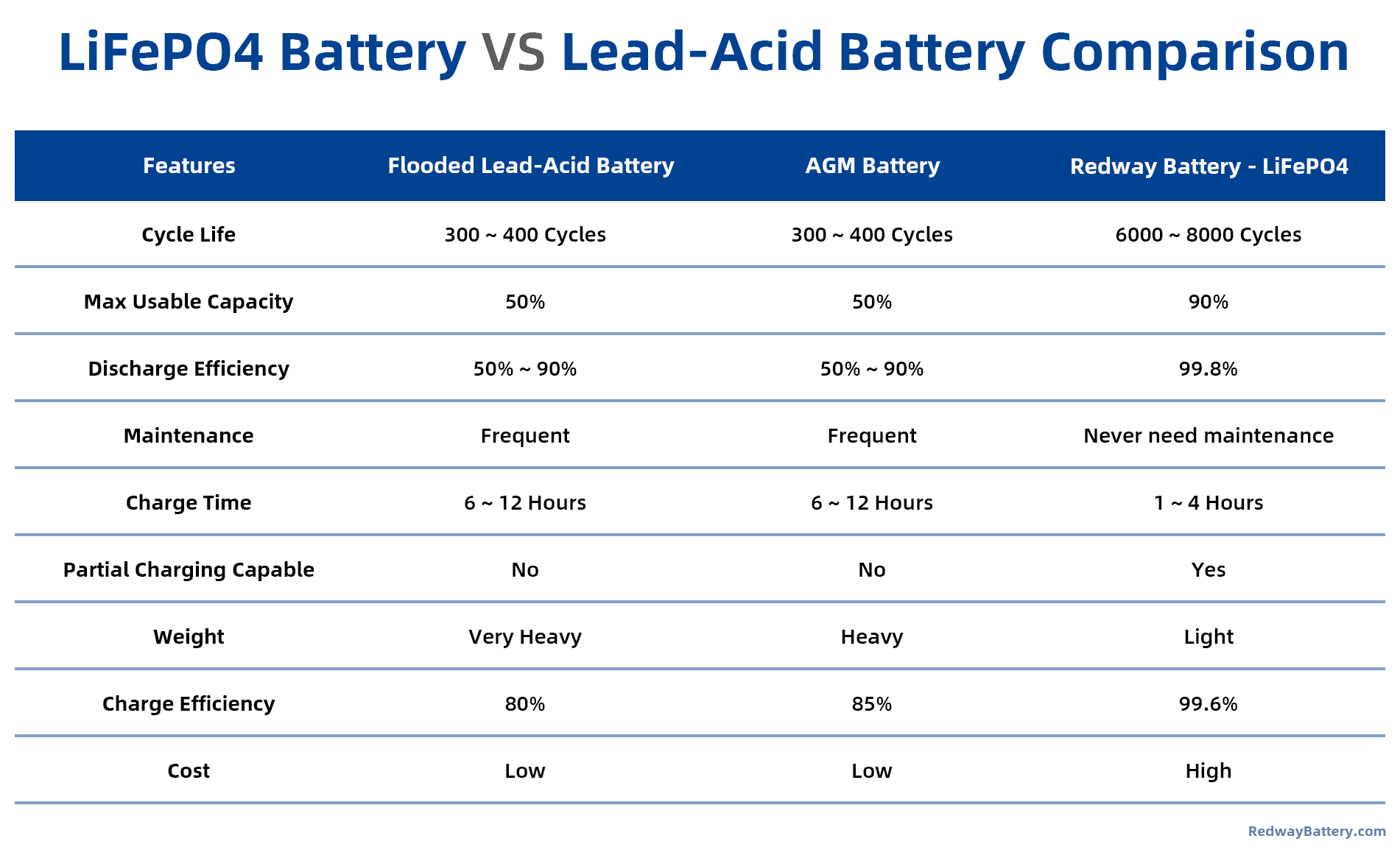
FINAL COMMENTS
In conclusion, when it comes to choosing the right battery for your electric vehicle, lithium-iron batteries offer numerous advantages over lead-acid batteries. With their higher energy density, efficiency, longer lifespan, and lighter weight, lithium-iron batteries provide better performance and range. Redway Power’s OEM Lithium LifePO4 Battery is the perfect.
FAQs
- 1. Are lithium-iron batteries more expensive than lead-acid batteries?
Lithium-iron batteries may have a higher upfront cost, but they offer better long-term economic efficiency due to their longer lifespan and higher efficiency.
- 2. Can lead-acid batteries be used in electric vehicles?
Lead-acid batteries can be used in electric vehicles, but they have limitations in terms of energy density, efficiency, and weight compared to lithium-iron batteries.
- 3. Are lithium-iron batteries safer to use than lead-acid batteries?
Lithium-iron batteries have built-in safety features and are less prone to issues such as sulfation and acid leakage, making them a safer choice for electric vehicles.
- 4. Can lead-acid batteries be recycled?
Yes, lead-acid batteries can be recycled. It is important to follow proper recycling procedures to minimize environmental impact.
- 5. How do lithium-iron batteries contribute to a longer driving range in electric vehicles?
Lithium-iron batteries have a higher usable depth of discharge (DoD) and energy density, allowing for more energy storage and better utilization of the battery’s capacity, resulting in a longer driving range.


